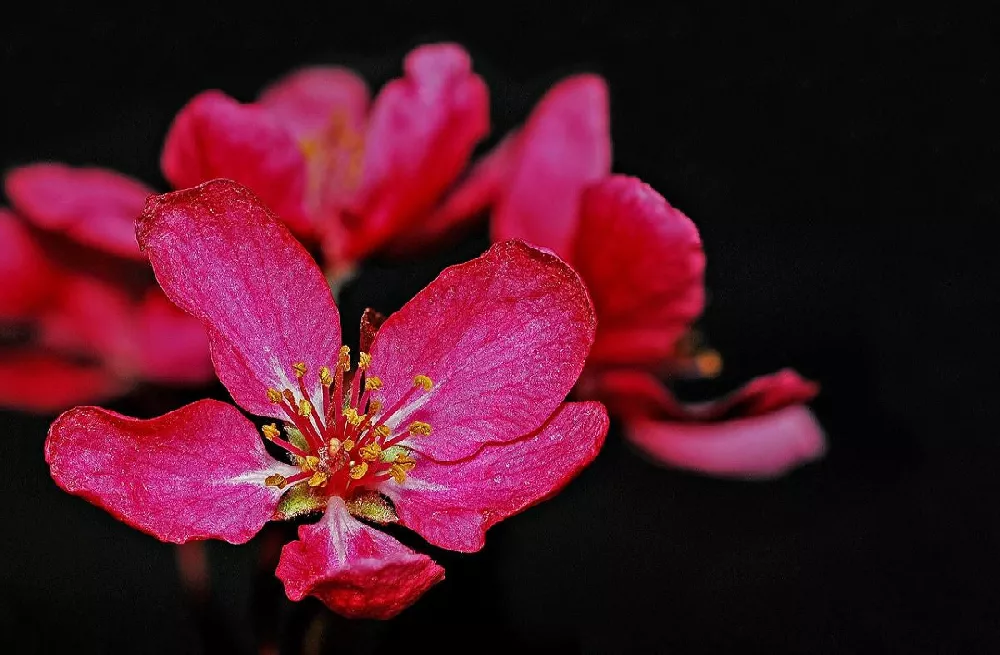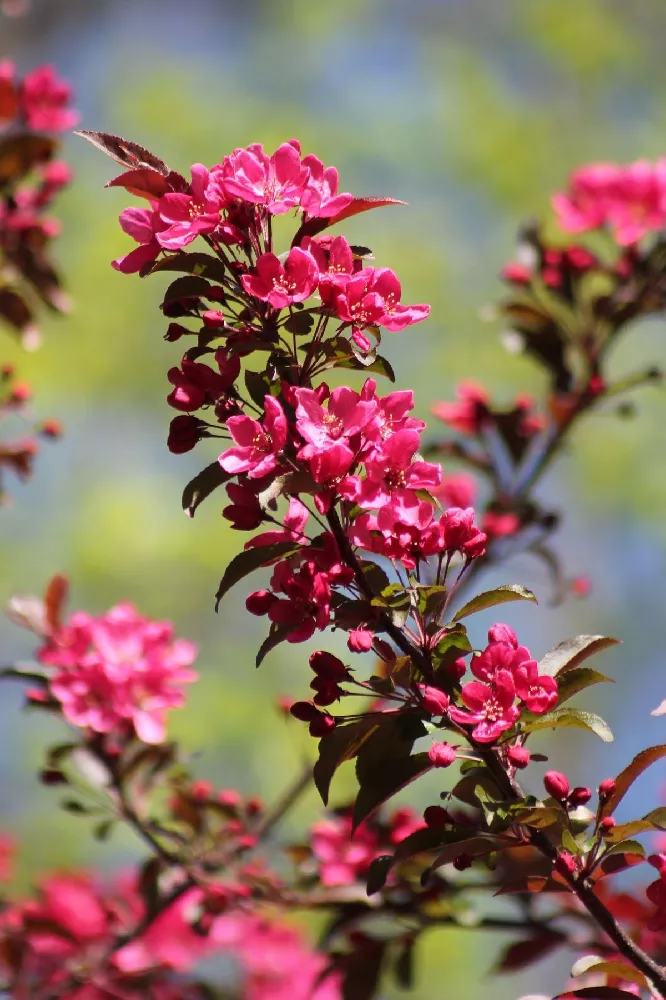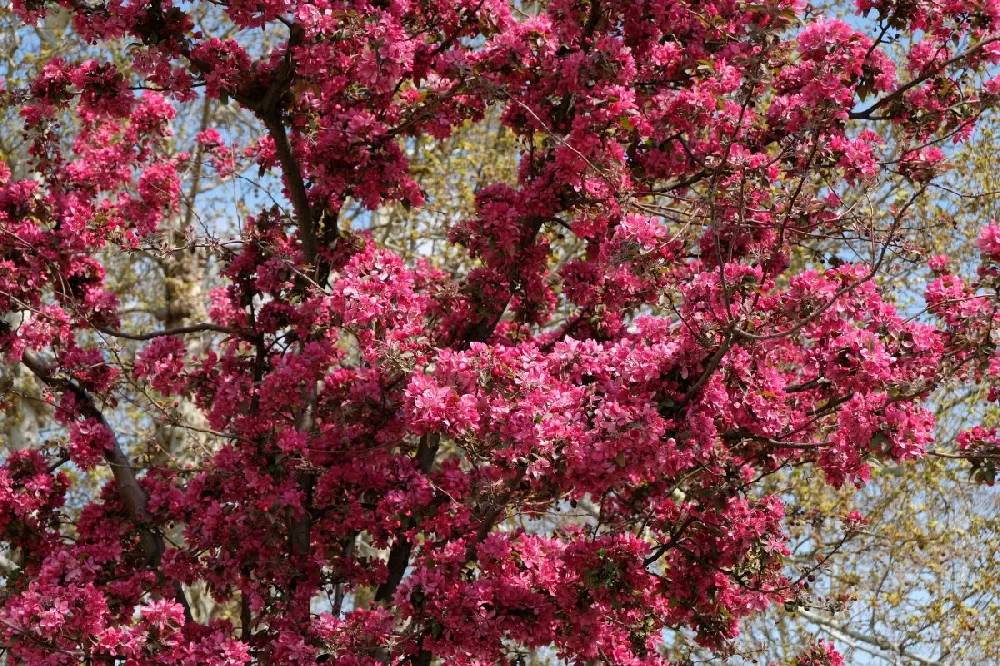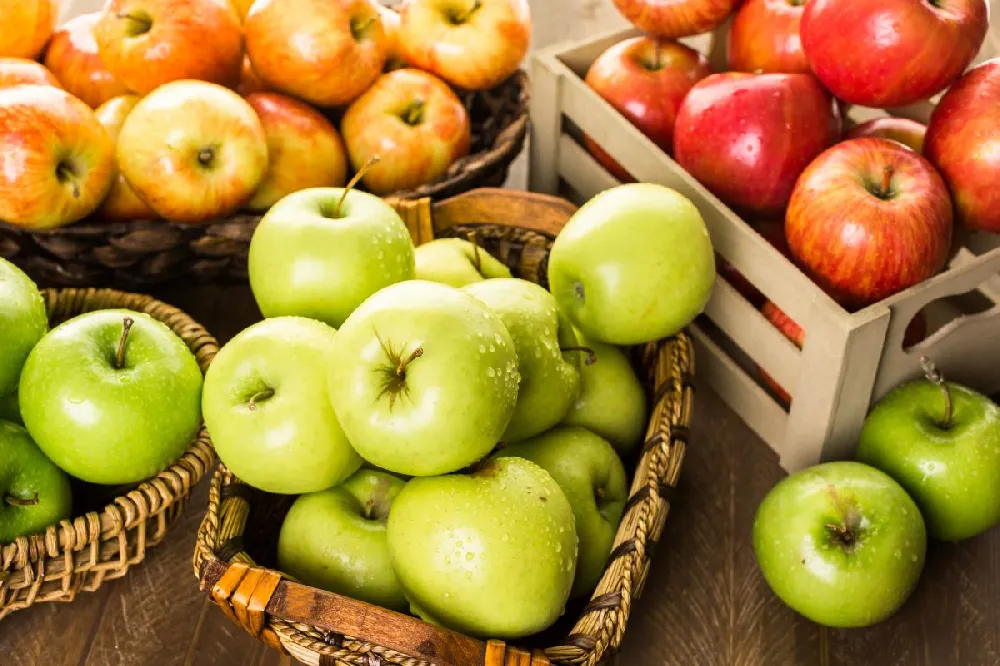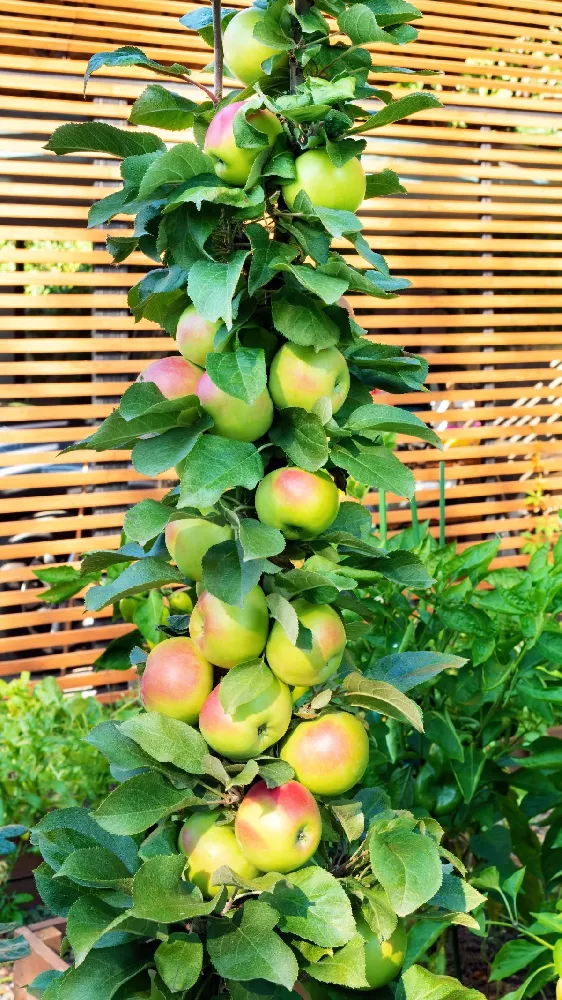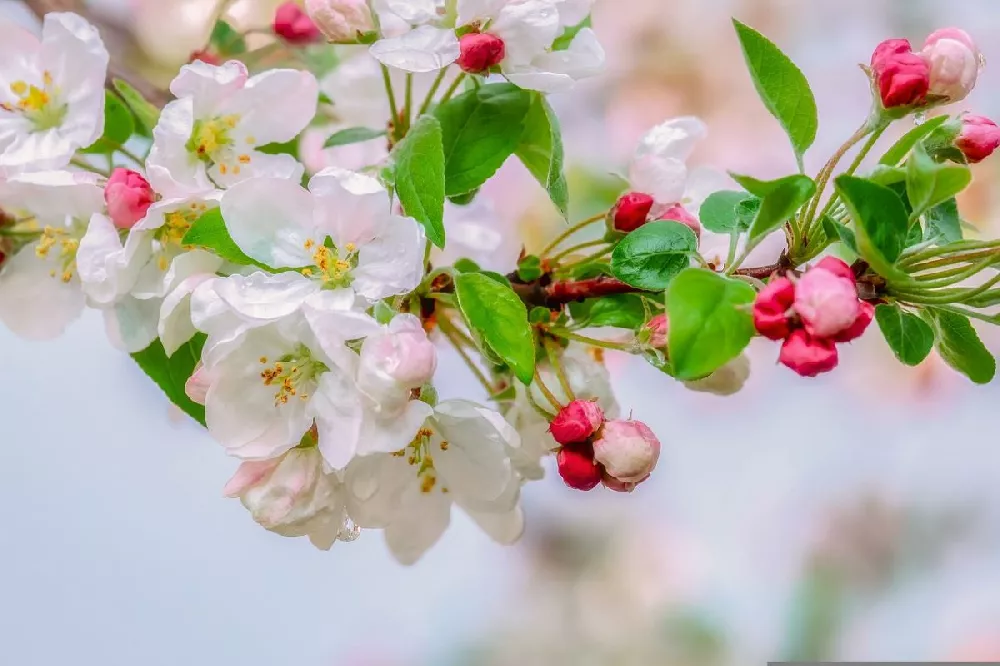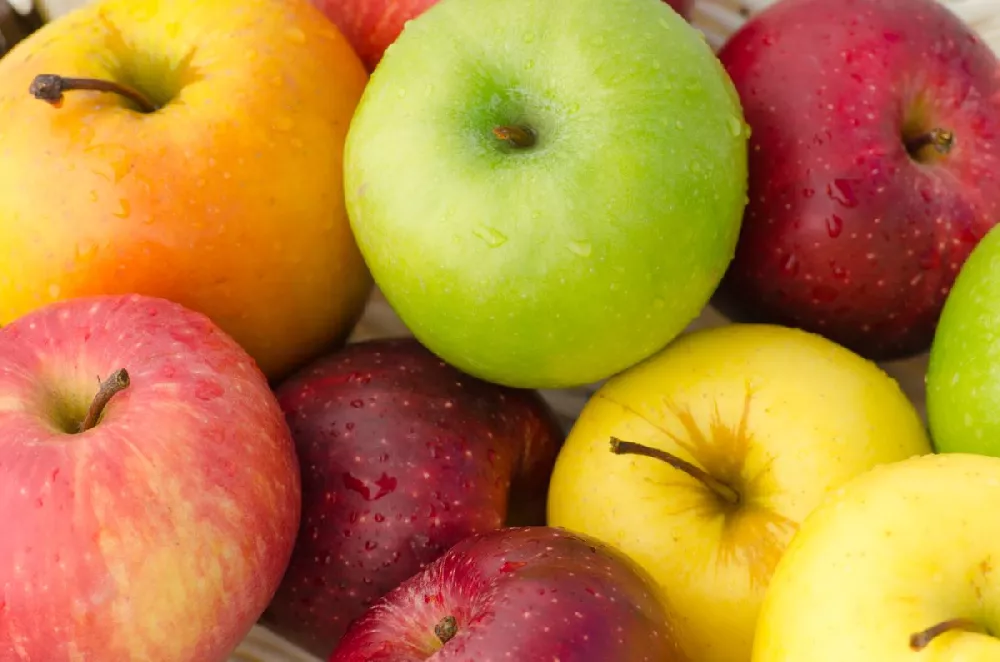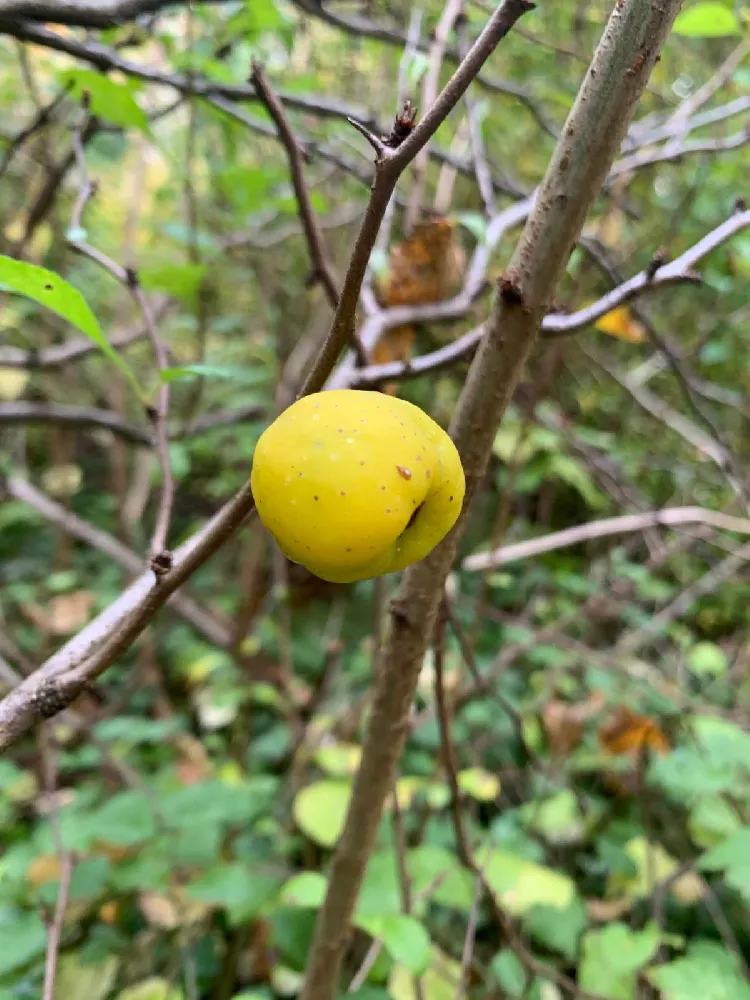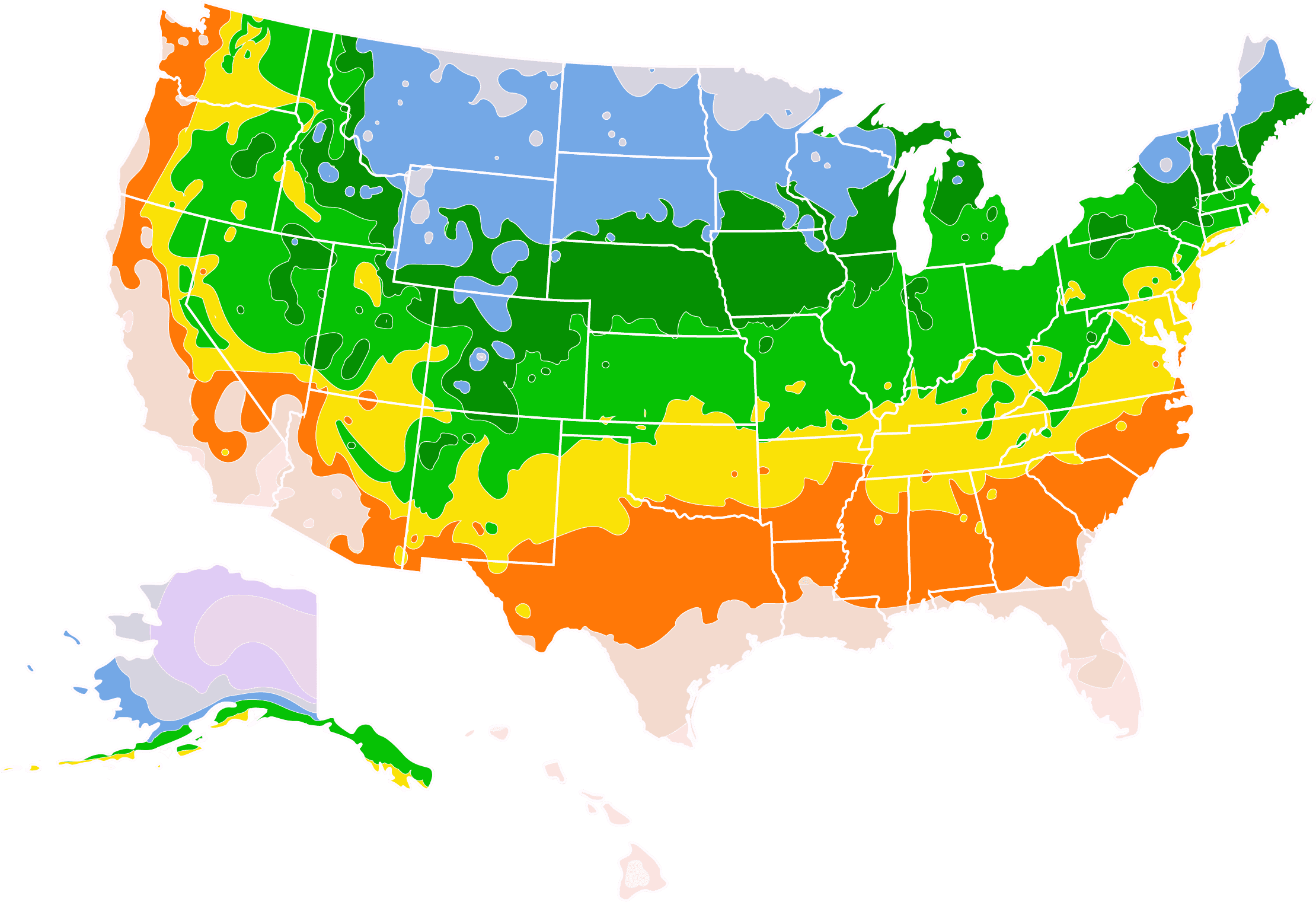Prairifire Crabapple Tree for Sale - Buying & Growing Guide
- Ships in 1-2 days
- 1-Year Warranty Eligible
- Pots or accessories are not included unless specified in the product options.
Shipping Details:
Once your order is shipped, you’ll receive an email with a tracking number and estimated delivery date. Most orders ship immediately, but some items are seasonal and may only ship in spring or fall. These products are noted on the website.
For those who love color, the Prairifire crabapple tree, Malus x 'Prairifire', is a sure bet for the garden. This is a tree that never stops delighting the senses, starting in spring when pink buds open into spectacular flowers of deep pinkish-red that cover the tree completely. The flowers are followed by purple-red fruits that remain on the tree throughout the winter — without leaving a mess to clean up. Even the leaves are colorful on this tree, starting out maroon in spring, turning a deep green for summer and finally, taking on colors of vivid red and yellow in fall. In winter, the attractive dark red bark lends color and texture to the winter garden. Need a few more reasons before you buy? Consider these:
- It requires minimal pruning and little extra care.
- Unlike most crabapples, it's not prone to disease.
- It is self-fertile and can be used as a pollinator for apple trees.
Plant Care
Sunlight

Prairifire crabapple tree does best in full sun — 6 or more hours of direct light a day.
Watering
A mature Prairifire tree will only need supplemental watering in very hot or dry weather.
Fertilizing

Apply a balanced, slow-release fertilizer, such as a 5-5-5 formula, in early spring.
Planting and Care
Planting instructions
Site your tree in soil that drains well and receives at least 6 hours of direct sunlight a day. Unpot your sapling and tease out any encircling roots, which can girdle the tree and slowly kill it. Dig a hole that’s as deep as the root ball and twice as wide, and place the tree in it, spreading out the roots. Holding the tree upright and steady, fill in around the roots with topsoil, tamping down as you go to eliminate air pockets. Water thoroughly. Apply a 2- to 3-inch layer of organic mulch such as bark chips to the root zone, but keep them from touching the trunk to avoid rot problems.
Watering and nutrients
When newly planted, water your tree every few days until you start to see vigorous new growth appearing. Then, you can cut back to once-a-week watering for the rest of the first year. Once the roots are established in subsequent years, you should only need to water your tree when you are experiencing very hot or dry weather. To determine if your tree needs water, check the soil 2 inches below the surface. If it’s dry, give your tree a drink. Fertilize in early spring before bud break with a fertilizer that’s designed for landscape trees and shrubs, such as a 5-5-5 formula.
Pollination
Prairifire crabapple tree is pollinated by insects such as bees and is self-fertile. That means that you’ll be able to have fruit even if you only have one tree. Your tree’s output will increase, however, if you have more than one tree planted in proximity to each other.
Pruning
Prairifire crabapple doesn’t need a great deal of pruning. Monitor your tree for dead, diseased, or damaged limbs, and trim these out whenever you see them. Other than that, there is no need for maintenance pruning or shaping, as the tree will naturally assume a pleasing rounded canopy.
Pests, diseases and animals
Prairifire crabapple is more disease- and pest-resistant than other crabapples and a tree that is well cared for should be able to fend off minor infestations of insects such as aphids, scale insects, or borers. If you are having problems with pests on your trees, consider releasing beneficial insects such as ladybugs and lacewings to control them. Diseases that are common with crabapples include fire blight, powdery mildew and cedar apple rust. However, Prairifire is unlikely to experience any of these.
Harvesting
Although crabapples are edible, the trees are not often grown for their fruit, which is tart and not very tasty when raw. It can be used in cooking, but avoid eating the seeds, which, like apple seeds, are toxic. Harvest when the fruits turn a bright red and start softening in early winter. One way to tell if they’re ripe is to cut one open. If the seeds are brown, the fruit is ripe.
Achieving maximum results
Knowing how to use your Prairifire crabapple tree in the landscape is one way to achieve maximum results. To begin with, consider using it as a specimen tree — either alone or in a grouping of three or five — in your front yard. The shaded area under the trees can either be underplanted with shade-loving perennials such as Japanese forest grass or astilbes, or you could create a small rock garden. With its petite size, this tree is appropriate for smaller urban gardens, where it could light up a backyard with color. It would not look out of place in a cottage garden or in a garden with Asian influences. A properly spaced line of trees on either side of a long, winding driveway would look spectacular in spring.
FAQs
Where can I grow a Prairifire crabapple tree?
This hardy tree grows throughout much of the continental U.S. It is hardy down to -20 degrees Fahrenheit, so can be grown as far north as coastal Maine and the Pacific Northwest. It will also thrive in most Southern states, except for the semi-tropical regions of Florida, Texas and a few others.
How big does Prairifire crabapple get?
When properly sited and well cared for, this tree may reach a height of 15-20 feet, with a mature width of 15-20 feet. Keep the width in mind when siting it near your home, a driveway or any other structure, as it has a broad canopy.
Is Prairifire Crabapple toxic?
Crabapple and apple seeds contain a substance that can turn to cyanide when eaten, so the seeds should never be consumed. The flesh, however, is perfectly fine to eat. Do not let your companion animals — cats, dogs or horses — near the tree's fruit, and never plant one in a pasture where you'll be grazing animals.
Compare Similar Products
You can't add more Product Name - Product size to the cart.
OK